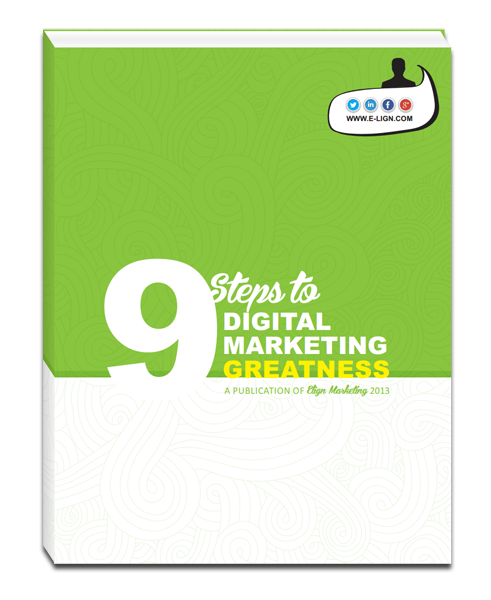Business owners sometimes treat their online marketing like flossing. They know they should do it, but it nevertheless gets buried under the tasks of running the day-to-day business. Included in this bucket of online marketing is the concept of blogging. “What? How’s that going to grow my business?”
What is a blog?
First off, let’s explore what a blog actually is and how it’s part of the bigger picture. A blog, abbreviated for web+log, is typically an informational section of your website that allows for short content for frequent distribution. Meaning, it’s less words than heavy-duty whitepaper and it’s more informative than a Tweet. Blogs are also formatted fairly consistently with ability to filter through them with categories or tags that essential build a library of reference for the website visitors. They are also written in a unique way as people tend to read, or should I say scan, online differently than print. Bullet points, numerical ordering, and short paragraphs are more effective than long prose.
Why do website visitors value blogs?
Depending on the objective of the blog, visitors can get a lot out of it. Some companies use blogs less as a sales tool and more as a personality disseminator. In other words, it’s a way for employees to showcase their quirky attitudes or display their friendly faces. This is sometimes a much-needed human touch, instead of the flat lines, drop shadows, and icons that overtake the online experience. A blog can also be a great continuous stream of education.
The most successful blogs strive to add value, meaning educate or solve a problem, with every blog post that gets published. It’s also beneficial because the post can be released in a timely matter. Getting a press release out into the media can be a much more daunting task then publishing a quick post announcing the release of a new product or the hiring of a new sales person.
Why do search engines value blogs?
Search engines value blogs because they hold content at the center of everything. The search engine ranking algorithms will always select content that adds value to the person doing the search over a stale site that has none. After all, if Google and Big return bad results and irrelevant content, then people will stop using them. Additionally, blogs are a great way to encourage links back to the website. If the blog post is valuable to the visitor, they will in many cases share that link with their social networks. This concept of creating content to be shared by users is called “Link Baiting” and helps dramatically increase a website’s search engine ranking. After all, every link pointing to your website counts as a vote, and like politics the more votes more popular you’ll be perceived.
How does blogging increase sales?
Higher ranking in the search engines directly correlates to more traffic flowing to a website. If that traffic is targeted correctly, then more traffic typically means more leads and more customers. It’s human nature that if you solve a problem for somebody, they will remember you and reciprocate. This applies directly to blogging as the more visitors that get helped; the more they will value helping company’s brand.
In a recent study, the 2012 State of Inbound Marketing by HubSpot, it was discovered that 92% of companies that responded acquired a customer through their blog if they posted multiple times per day. The numbers are still impressive for those that post daily at 78%, 2-3 times per week at 70%, and weekly at 66%. This data along with some other metrics in their report shows a direct correlation between blogging and customer acquisition. Blogging was recorded as the most effective lead generation category as being “Below Average Cost Per Lead.”
Summary and Next Steps
Blogging, or publishing web content on a regular basis, can be an effective tool for adding additional value to prospects and customers. It provides for a strong online foundation that encourages other websites to link to the posts and for visitors to share them on social networks. It’s been found that blogging can increase traffic significantly and be another avenue to generate leads. If you’re looking to get started, then carve out an area of your site today and start writing. Good luck!


